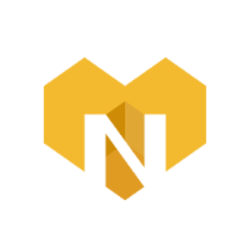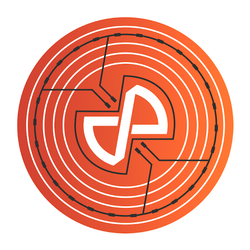- BCG and Ripple forecast that the tokenised real-world asset market could reach US$18.9 trillion by 2033, growing at a 53% CAGR with estimates between US$12T and US$23.4T.
- Early successes like tokenised government bonds highlight significant cost reductions, though industry coordination is essential to prevent critical issues like digital fragmentation.
A joint report by Boston Consulting Group (BCG) and Ripple Labs forecasts that the market for tokenised financial instruments, or real-world assets (RWAs), could reach US$18.9T (AU$31T) by 2033.
The projection represents an average annual compound growth rate of about 53% and falls between a conservative scenario of US$12T (AU$20.5T) and an optimistic forecast of US$23.4T (AU$39.1T) over the next eight years.
Those quite familiar with blockchain likely already understand tokenisation, but for newcomers, here’s the gist: tokenisation involves using blockchain technology to record ownership of real-world assets, whether they are tangible (like physical property) or intangible (such as intellectual property).
It facilitates the transfer of these assets, including securities, commodities, and even real estate. This process not only enables round-the-clock trading but also allows for fractional ownership, which in turn also increments liquidity. Everything is handled by smart contracts, eliminating the middlemen, and given that data is recorded on the blockchain, transparency and traceability are some of the main features of tokenisation.
In the report, Tibor Merey, Managing Director and Partner at BCG, explains it as follows:
Tokenization is transforming financial assets into programmable and interoperable instruments, recorded on shared digital ledgers. This enables 24/7 transactions, fractional ownership, and automated compliance.

 Tibor Merey, Managing Director and Partner at BCG
Tibor Merey, Managing Director and Partner at BCGRelated: Teucrium Launches First US Leveraged XRP ETF (XXRP) Amid Regulatory Clarity
The Success of Tokenised Bonds
The report cites tokenised government bonds and US Treasuries as early successes, as these instruments enable corporate treasurers to convert idle cash into tokenised short-term government bonds directly from digital wallets.
Their success has sparked fierce competition across the globe, with Chainlink’s co-founder Sergey Nazarov urging the US to be at the forefront of tokenised RWAs.
Moving on, the report also points to private credit and carbon markets as promising areas for tokenisation. In private credit, tokenisation offers clearer pricing and fractional ownership, while blockchain-based registries in carbon markets could enhance the transparency and traceability of emissions credits.
One thing the report notes in particular is cost reductions. For instance, tokenisation projects can now be launched for under US$2M (AU$3.34M), while large institutions, the report reads, might pour over US$100M (AU$156M) on end-to-end integrations covering issuance, custody, compliance, and trading.
There is a risk, however, if industry-wide coordination is not achieved. In the report, Jorgen Ouaknine, global head of innovation and digital assets at Euroclear, warned that without proper coordination, the very issues tokenisation aims to solve could reemerge in digital form, therefore defeating the entire purpose.
Related: Polygon CEO Mark Boiron Champions RWA Tokenisation to Transform Real Estate Investment
Credit: Source link






















